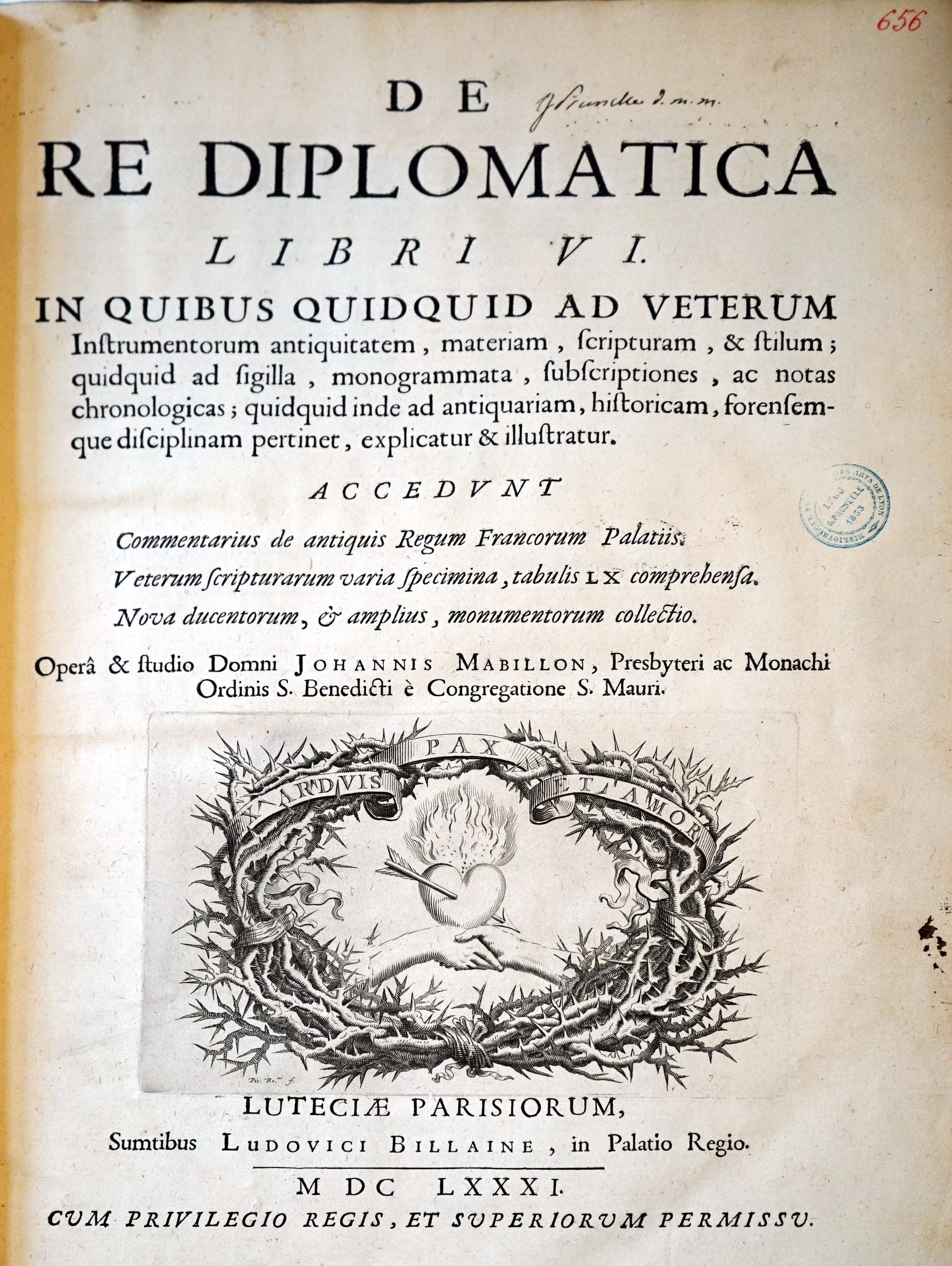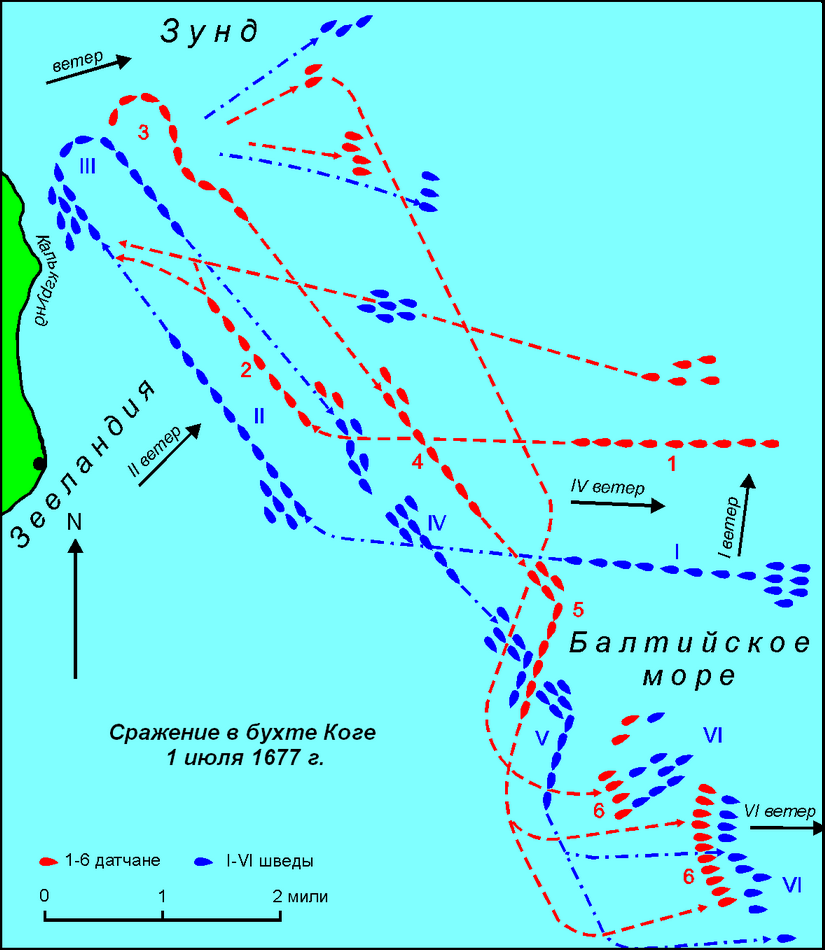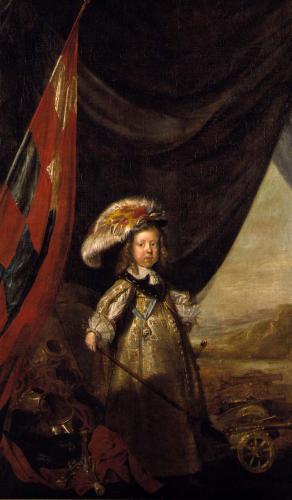|
Embassy Of France, Copenhagen
The French Embassy in Copenhagen is the main diplomatic mission of France to the Kingdom of Denmark. It is located in the Thott Palace at Kongens Nytorv 4 in central Copenhagen, Denmark. The ambassador since July 6, 2018 is Caroline Ferrari, in replacement of François Zimeray. Thott Palace The building now housing the French Embassy was built for the Danish naval hero Niels Juel from 1683 to 1686 as the just second building on Kongens Nytorv which, inspired by the royal squares of Paris, had been laid out by Christian V of Denmark in the years following his coronation in 1670. With his victory in the Battle of Køge Bay, Niels Juel had won fame and wealth. His new mansion was designed by Lambert van Haven as an L-shaped building in the Dutch Baroque style. After Niels Juel's death in 1697, the king, Christian V of Denmark, arranged for his official mistress and mother to five of his children, Sophie Amalie Moth, to take over his mansion. She immediately passed it on to him ... [...More Info...] [...Related Items...] OR: [Wikipedia] [Google] [Baidu] |
Kongens Nytorv
Kongens Nytorv ( lit. "The King's New Square") is a public square in Copenhagen, Denmark, centrally located at the end of the pedestrian street Strøget. The largest square of the city, it was laid out by Christian V in 1670 in connection with a major extension of the fortified city, and has an equestrian statue of him at its centre. The initiative moved the centre of the city from the medieval area around Gammeltorv, at that time a muddy medieval marketplace, to a cobbled new square with a garden complex, inspired by the Royal city planning seen in Paris from the early 17th century. Important buildings facing the square include the Royal Danish Theater from 1874, the Charlottenborg Palace from 1671 (now the Royal Danish Academy of Fine Arts), the Thott Palace from 1683 (now the French Embassy), the Hotel D'Angleterre and the Magasin du Nord department store. History New Copenhagen In the beginning of the 17th century, the eastern city gate, Østerport, was located a ... [...More Info...] [...Related Items...] OR: [Wikipedia] [Google] [Baidu] |
Paris
Paris () is the capital and most populous city of France, with an estimated population of 2,165,423 residents in 2019 in an area of more than 105 km² (41 sq mi), making it the 30th most densely populated city in the world in 2020. Since the 17th century, Paris has been one of the world's major centres of finance, diplomacy, commerce, fashion, gastronomy, and science. For its leading role in the arts and sciences, as well as its very early system of street lighting, in the 19th century it became known as "the City of Light". Like London, prior to the Second World War, it was also sometimes called the capital of the world. The City of Paris is the centre of the Île-de-France region, or Paris Region, with an estimated population of 12,262,544 in 2019, or about 19% of the population of France, making the region France's primate city. The Paris Region had a GDP of €739 billion ($743 billion) in 2019, which is the highest in Europe. According to the Economis ... [...More Info...] [...Related Items...] OR: [Wikipedia] [Google] [Baidu] |
Diplomatic Missions In Copenhagen
Diplomatics (in American English, and in most anglophone countries), or diplomatic (in British English), is a scholarly discipline centred on the critical analysis of documents: especially, historical documents. It focuses on the conventions, protocols and formulae that have been used by document creators, and uses these to increase understanding of the processes of document creation, of information transmission, and of the relationships between the facts which the documents purport to record and reality. The discipline originally evolved as a tool for studying and determining the authenticity of the official charters and diplomas issued by royal and papal chanceries. It was subsequently appreciated that many of the same underlying principles could be applied to other types of official document and legal instrument, to non-official documents such as private letters, and, most recently, to the metadata of electronic records. Diplomatics is one of the auxiliary sciences of his ... [...More Info...] [...Related Items...] OR: [Wikipedia] [Google] [Baidu] |
Henrik, Prince Consort Of Denmark
Prince Henrik of Denmark (; born Henri Marie Jean André de Laborde de Monpezat; 11 June 1934 – 13 February 2018) was the husband of Margrethe II of Denmark. He served as her royal consort from Margrethe's accession on 14 January 1972 until his death. Henrik was born in the French commune of Talence near Bordeaux to an old French family, the Laborde de Monpezats. He spent his early years in Tonkin in French Indochina (now part of Vietnam), where his family had lived for many years. The family spent the Second World War at the family home in Cahors, France. They returned to French Indochina after the war. However, they were forced to flee following the defeat of the French in the First Indochina War. After completing his education in France and Vietnam, Henrik served in the French Army during the Algerian War. Prior to his marriage to Margrethe, he worked in the diplomatic service. He married Margrethe at the Holmen Church on 10 June 1967 and became her prince consort ... [...More Info...] [...Related Items...] OR: [Wikipedia] [Google] [Baidu] |
Nicolas-Henri Jardin
Nicolas-Henri Jardin (22 March 1720 – 31 August 1799) was a French architect. Born in St. Germain des Noyers, Seine-et-Marne, Jardin worked seventeen years in Denmark–Norway as an architect to the Danish royal court. He introduced neoclassicism to Denmark–Norway. Early training and student tour to Italy According to Jardin's own statement he began his architectural studies at the age of ten. It is confirmed by independent source that he started his training at the French Academy of Architecture (''Académie royale d'architecture'') no later than in 1738, perhaps before. He studied under A.C. Mollet, and won the grand prize (''Prix de Rome'') for architecture at 22 years of age for his design of a choir or chancel in a cathedral. The prize won him a travel stipend, which he used to travel to Italy in 1744. There he studied at the French Academy in Rome 1744-1748, while living at the Academy's pension. At the same time he studied mathematics and geometry with Jesuit prie ... [...More Info...] [...Related Items...] OR: [Wikipedia] [Google] [Baidu] |
Otto Thott
Otto Thott (13 October 1703 – 10 September 1785) was a Danish Count, minister of state, and land owner. During his lifetime, he acquired Gavnø Castle and one of the largest private collections of book and manuscripts in Denmark. Early life and education He was the son of Tage Thott (1648-1707), a member of the Danish Privy Council and county governor of Holbæk. After the death of his father, his mother, Petra Sophie Reedtz (1675-1720) sold the manor at Turebyholm and moved with him to Sorø, where he attended school. After the death of his mother, he was supported financially by several aunts and was able to continue his education and development abroad. He lived for a time in Halle, where he studied history, philosophy and Jurisprudence at the University of Halle-Wittenberg. He continued these studies in the University of Jena and later during his stays in the Netherlands, England and France. Additionally, he made the acquaintance of several scientists in t ... [...More Info...] [...Related Items...] OR: [Wikipedia] [Google] [Baidu] |
Christian Gyldenløve
Christian Gyldenløve, Count of Samsøe (Copenhagen, 28 February 1674 – Odense, 16 July 1703), was a Danish nobleman and military officer. He was one of five illegitimate children fathered by Christian V of Denmark with Sophie Amalie Moth. He distinguished himself in both foreign and Danish-Norwegian military service and established himself as the Danish Count ''Danneskiold-Samsøe,'' which descended from his second marriage. In Copenhagen on 27 November 1696 Christian married firstly his second cousin Countess Charlotte Amalie Danneskiold-Laurvig (15 November 1682 – 7 December 1699), a daughter of Ulrik Frederik Gyldenløve. They had two daughters: *Christiane Charlotte (Copenhagen, 7 July 1698 – Akershus, 5 October 1699) * Frederikke Louise (Akershus, 2 October 1699 – Sønderborg, 2 December 1744), married on 21 July 1720 to her kinsman Christian August, Duke of Schleswig-Holstein-Sonderburg-Augustenburg In Copenhagen on 25 May 1701 Christian married secondly Doro ... [...More Info...] [...Related Items...] OR: [Wikipedia] [Google] [Baidu] |
Sophie Amalie Moth
Sophie Amalie Moth, Countess of Samsøe (28 March 1654 – 17 January 1719) was the officially acknowledged royal mistress of King Christian V of Denmark. Together they had six acknowledged illegitimate children, all of whom bore the surname Gyldenløve. In 1677 she was elevated to be the first Countess of Samsø. The still-existing Danish noble family of Danneskiold-Samsøe is descended from her. Sophie Amalie Moth was the first officially acknowledged royal mistress in Denmark. Biography Sophie Amalie was born on 28 March 1654 as the daughter of Poul Moth (1601–1670), doctor of the royal court, and Ida Dorothea Bureneus (1624–1684). The relationship with the monarch was more or less arranged by her mother, and started in 1671 or 1672. Sophie bore Christian six children, each of whom he acknowledged publicly. Consistent with the practice of his father and grandfather, all were given the surname Gyldenløve. In 1677 Sophie Amalie was given the title Countess of Sa ... [...More Info...] [...Related Items...] OR: [Wikipedia] [Google] [Baidu] |
Baroque Architecture
Baroque architecture is a highly decorative and theatrical style which appeared in Italy in the early 17th century and gradually spread across Europe. It was originally introduced by the Catholic Church, particularly by the Jesuits, as a means to combat the Reformation and the Protestant church with a new architecture that inspired surprise and awe. It reached its peak in the High Baroque (1625–1675), when it was used in churches and palaces in Italy, Spain, Portugal, France, Bavaria and Austria. In the Late Baroque period (1675–1750), it reached as far as Russia and the Spanish and Portuguese colonies in Latin America. About 1730, an even more elaborately decorative variant called Rococo appeared and flourished in Central Europe. Baroque architects took the basic elements of Renaissance architecture, including domes and colonnades, and made them higher, grander, more decorated, and more dramatic. The interior effects were often achieved with the use of '' quadratura ... [...More Info...] [...Related Items...] OR: [Wikipedia] [Google] [Baidu] |
Lambert Van Haven
Lambert van Haven (16 April 1630 - 9 May 1695) was a Danish-Norwegian architect, master builder and painter. He was born in Bergen, the son of the artist Solomon van Haven who had already succeeded in winning the favour of the Danish-Norwegian monarchy. Starting in 1653, he spent some 16 years travelling in Italy, France and the Netherlands where he studied Baroque painting and architecture. Under Christian V, he was appointed Denmark-Norway's first official General Building Master in 1671 with overall responsibility for executing the king's architectural wishes. He died in Copenhagen. Principal works Church of Our Saviour Van Haven is remembered above all for his architecture, especially for the enormous Church of Our Saviour, Copenhagen built in the Dutch Baroque style in the form of a Greek cross with Tuscan pilasters rising to the top of the facade. Nørreport Commissioned by Christian V, van Haven also designed the imposing new Nørreport city gate (1671) ... [...More Info...] [...Related Items...] OR: [Wikipedia] [Google] [Baidu] |
Battle Of Køge Bay (1677)
The Battle of Køge Bay was a naval battle between Denmark-Norway and Sweden that took place in bay off Køge 1–2 July 1677 during the Scanian War. The battle was a major success for admiral Niels Juel and is regarded as the greatest naval victory in Danish naval history. Background Denmark, the Dutch Republic, Brandenburg and several German states were at war with Sweden and its allies as part of the larger Franco-Dutch War. After the defeat at the Battle of Fehrbellin against a Brandenburg army, Swedish possessions in northern Germany were under great pressure and in need of reinforcements. Attempts to relieve the southern Baltic provinces had failed and the Danish fleet had inflicted a stunning blow to the Swedish navy at the Battle of Öland in June 1676. The Swedish navy had lost three of its largest ships, '' Kronan'', ''Svärdet'' and ''Äpplet'', the Admiral of the Realm Lorentz Creutz and the experienced admiral Claas Uggla while the Danish fleet did not lose a sin ... [...More Info...] [...Related Items...] OR: [Wikipedia] [Google] [Baidu] |
Christian V Of Denmark
Christian V (15 April 1646 25 August 1699) was king of Denmark and Norway from 1670 until his death in 1699. Well-regarded by the common people, he was the first king anointed at Frederiksborg Castle chapel as absolute monarch since the decree that institutionalized the supremacy of the king in Denmark-Norway. Christian fortified the absolutist system against the aristocracy by accelerating his father's practice of allowing both Holstein nobles and Danish and Norwegian commoners into state service. As king, he wanted to show his power as absolute monarch through architecture, and dreamed of a Danish Versailles. He was the first to use the 1671 Throne Chair of Denmark, partly made for this purpose. His motto was: ''Pietate et Justitia'' (With piety and justice). Biography Early years Prince Christian was born on 15 April 1646 at Duborg Castle in the city of Flensburg, then located in the Duchy of Schleswig. He was the first legitimate child born to the then Prince Fr ... [...More Info...] [...Related Items...] OR: [Wikipedia] [Google] [Baidu] |
.jpg)


.jpg)
%2C_Leibarzt.jpg)



